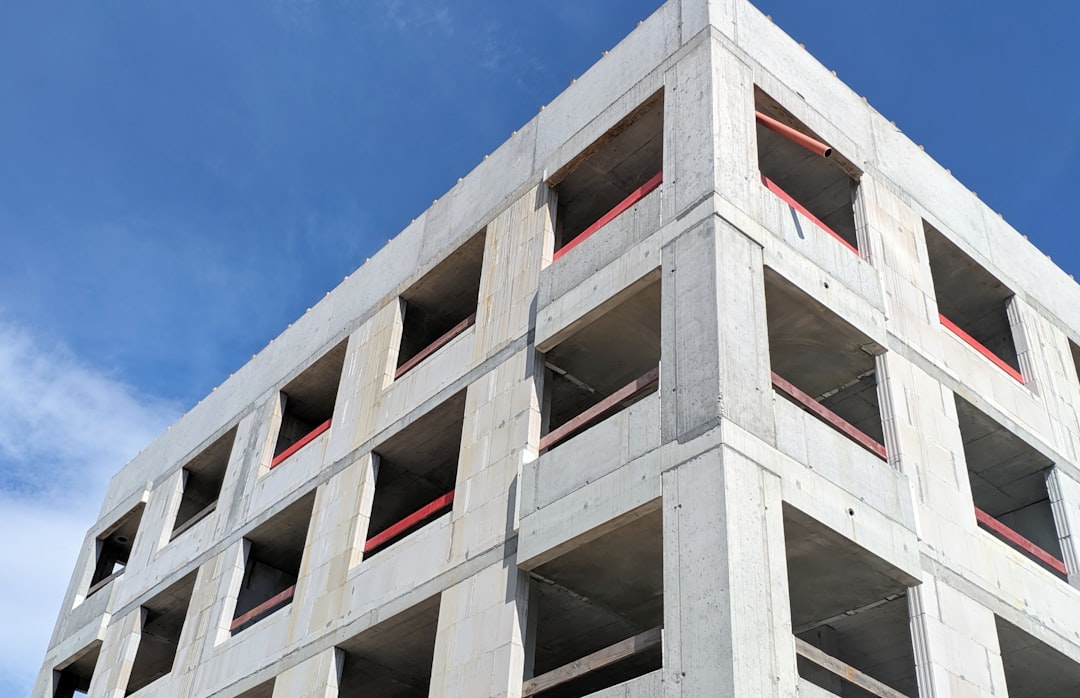
For construction professionals, accurately estimating the cost of concrete removal is crucial. Current rates for concrete removal range from $1,200 to $8,500 depending on project specifics. This guide breaks down the key factors affecting costs, including labor, slab specifications, equipment, and disposal.
Understanding these pillars is essential for accurate budgeting. Let's explore each in detail.
Labor costs vary significantly based on the complexity of the task. For instance, removing a 2-inch walkway differs greatly from a 6-inch rebar-laden garage floor. Typical labor costs range from $65 to $85 per hour for a two-person crew.
Standard slabs are 4 inches thick, but structural slabs may include rebar or fiber additives, increasing labor and machine time. Adjust your estimates based on these factors.
Equipment costs can vary. For example, a mini-excavator with a breaker costs $450-$650 per day, while electric handheld breakers range from $55-$90 per day.
Disposal fees are charged by the ton, with local tipping fees ranging from $22-$34 per ton. Consider these costs in your estimates to avoid surprises.
These are general ranges; refine them based on specific project details.
Traditional methods often overlook local fees and equipment rental fluctuations. Using real-time data ensures more accurate estimates.
Utilize technology to streamline the estimating process, ensuring accuracy and efficiency from start to finish.
Identify these risks early to avoid unexpected costs.

A contractor in Quincy, MA, used advanced estimating tools to remove a 350-square-foot patio efficiently. The project involved a 4-inch slab with wire mesh and easy skid-steer access.
The project was completed on time and within budget, demonstrating the effectiveness of precise estimating tools.